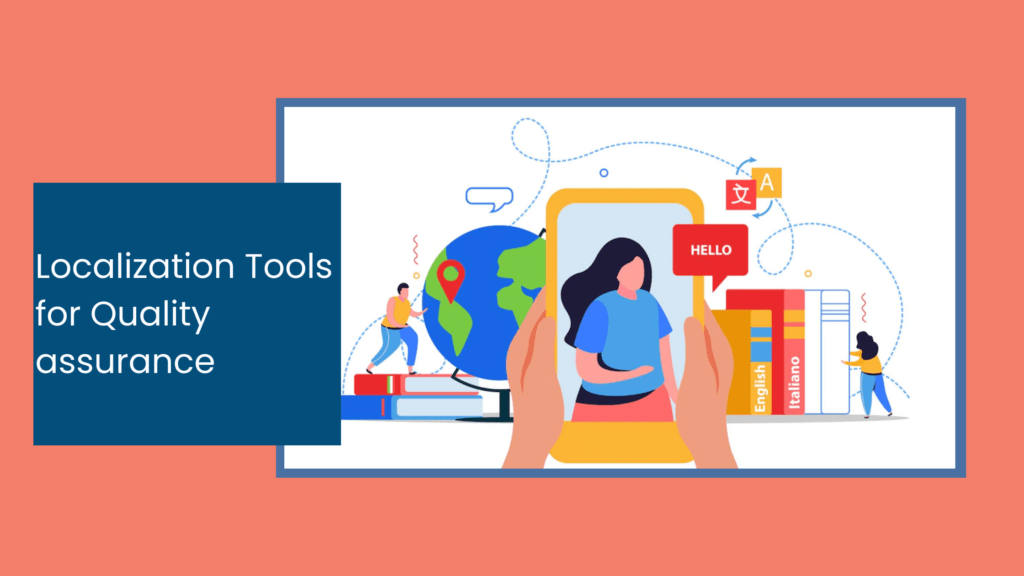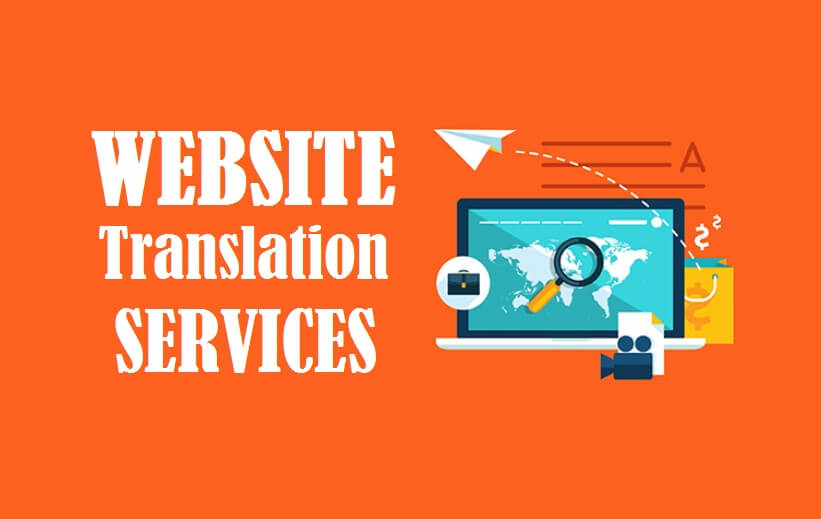Website localization or translation tools stand with website managers and creators to localize, translate, optimize, and simplify the software, its applications, PDFs, images, and remaining content according to the local culture and audience’s needs. This procedure requires various localization tools and services for the complete website conversion and to successfully coincide with the local website audience. The process is called bogus localization, which helps you decide the optimum way to implement website localization and translation of your website. These days, most website localization tools, localization services, and products support several applications successfully.
Below is a list of 8 best localization tools for quality assurance:
1. CAT (Computer Assisted Translation) Software
2. TMS (Translation Management System)
3. Term Base
4. Quality Assurance Tools
5. Bug Tracking Software Tool
6. Software for Screenshot Capture
7. File Sharing, Management, and Version Control
8. Desktop Publishing
1. CAT (Computer Assisted Translation) Software
Computer-assisted translation (CAT) software helps the localization process by upgrading and improving efficiency and speed. This CAT tool starts with no saved data and improves more qualified as auxiliary translations are executed. The software remembers how and what you translated/localized in the past, then includes that encounter in future assignments. For example, Fluency Now Professional and Phrase are two of the best CAT software.
2. TMS (Translation Management System)
A translation management system (TMS) can be used for the project management feature of localization or translation. The number of files, translators, varying languages, and project participants can become tremendous for any project manager. This TMS system helps you achieve your jobs in different segments, and it lets you apply diverse workflows, which is one of the most important features of the TMS. For example, Lokalise and Smartcat are tools for translation management software.
3. Term Base
The term base is a vocabulary established for a particular language and branding purposes. The databases of this base software can be saved in a global TBX format, but XLS and CSV files are also understandable by many tools. It makes sure that relevant words are used in the localization of particular terms. e.g., InterpretBank, i-Term, and SDL Multiterm.
4. Quality Assurance Tools
The quality assurance tools, which are quite similar to term base software, fulfill a very definite purpose: establishing translations. Quality assurance checks enclose nomenclature, trademarks, abbreviations, numbers, consistent translation of portions, and more. This software tool is customized and can be adapted to disparate brands and their terminologies. For example, MemoQ, Verifika, and XBench are the tools that we can use in quality assurance.
5. Bug Tracking Software Tool
This tool is for examiners to report bugs, mistakes, and errors found within translation or localization. Often, it creates a reserve for the localization expert, who makes changes to every error according to the QA expert’s recommendations. To make sure you’re remaining on top of it, all bug trackers can also track progress as you cross each item off the list. Software such as Asana, Bugzilla, and JIRA can do better bug tracking.
6. Software for Screenshot Capture
The use of screenshots is not particularly classified under “localization/translation tools,” but screenshots do provide evidence that is highly worthwhile when trying to convey visual errors. Quality assurance testers might test the realization of translations on user interfaces (UI), desktop publishing (DTP) documents, websites, or software.
7. File Sharing, Management, and Version Control
Whether it’s a domestic server or folders in the overcast cloud, every crew works with some kind of file-splitting service. Generally, translation work is bound to private details, so setting up a secured server is necessary. In addition, utilizing a file management software tool with version control heads to gain great benefits. For example Polylang, TranslatePress, and WPML
8. Desktop Publishing
Desktop publishing is usually known as DTP in the industry. DTP software tools are often used in collaboration with customers, so a localization/translation expert can edit and pull content for translation usage. Tools such as CorelDRAW, FrameMaker, and Adobe Photoshop are the platforms that can achieve the best desktop publishing results.
Above is the list of best localization tools for quality assurance and the below-given context refers to the problems that occur in translation, localization editors and managers of localization agencies, and for translation quality assurance. You can evaluate their functions, their limitations, and strengths, as well as the usual misunderstandings about their efficiency. Software platforms, for localization quality assurance goals, are tools that support defining common mistakes found in translating texts using traditional attributes. They work only with bilingual files that are generated by professional localization software. Quality assurance (QA) analyzes the source and target wording of a particular paragraph or sentence and reports all the doubtful sections in the special report. The user then determines whether those segments contain errors or not.
Examples of errors discovered by translation tools
- The target text and source have various completions of scoring marks, lowercase or uppercase letters, or formatting of tags.
- The content for the target audience contains dual spaces, spaces before punctuation marks, creeping spaces, etc.
- Incorrect decimal dividers, estimation units, etc.
- The source content has a synopsis, while the text of targeted content does not (or vice versa).
- The same source portions are translated differently or the same translation is done for several source segments.
- The content prepared for the target audience is much longer or shorter than the source text.
- There are non-localized segments or non-segmented content.
- The translated content does not match the one that is present in the glossary.
- There are post brackets without the corresponding closing brackets, erroneous quotation marks in content to target audience, etc.
As we can discuss, these are primarily the barely literal types. Even translation experts can make mistakes suitable to a lack of comprehensive attention. As such, correcting the errors is a time-consuming challenge, whereas the quality assurance software identifies them instantly and without a glitch. This is why, both the translator and the localization editor are recommended to run their content through quality assurance systems: this will diminish the probability of negative comments from their customers. By confiding these technical matters to the software, translators can concentrate on more innovative tasks, i.e., translation accuracy and content quality. Concluding with the above words, it has become more important to mold your services in line with consumers’ needs in the modern business environment.
CONCLUDING TO THE ABOVE WORDS
Furthermore, you can streamline your business worth and enhance the local target audience by releasing website translation software through its software tools. Moreover, website localization is a non-arguable essential for any business that is looking for developers. As a result, it is also a necessity to follow the website translation process conveniently and use the right tools. Likewise, this saves time, and effort, and boosts the target customer base. Also, with website translation, users obtain a better understanding of your website’s digital content. Thus, they find it easier to connect and reach out to you in case of any queries or demands. Therefore, the correct marketing or packaging attracts the local target market and helps with company value. The tools also take care of website translation and back-end localization. Therefore, website localization allows you to have an upper level for your social media presence. This helps you obtain the trust of the local social media audience who search for services like yours online. You can find out the 10 best localization companies.



